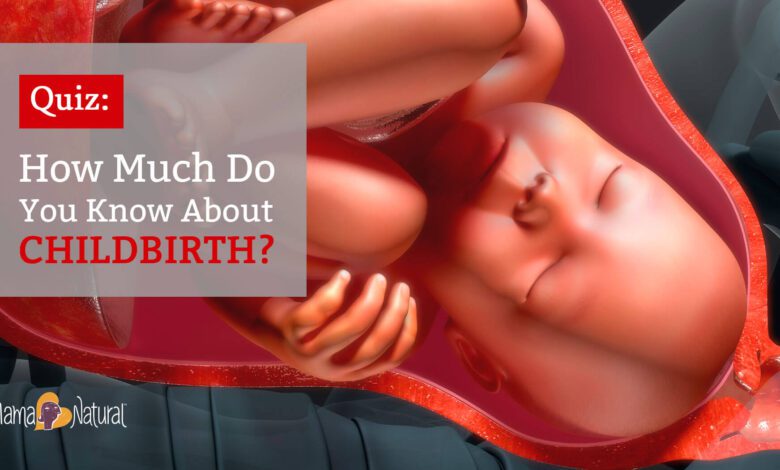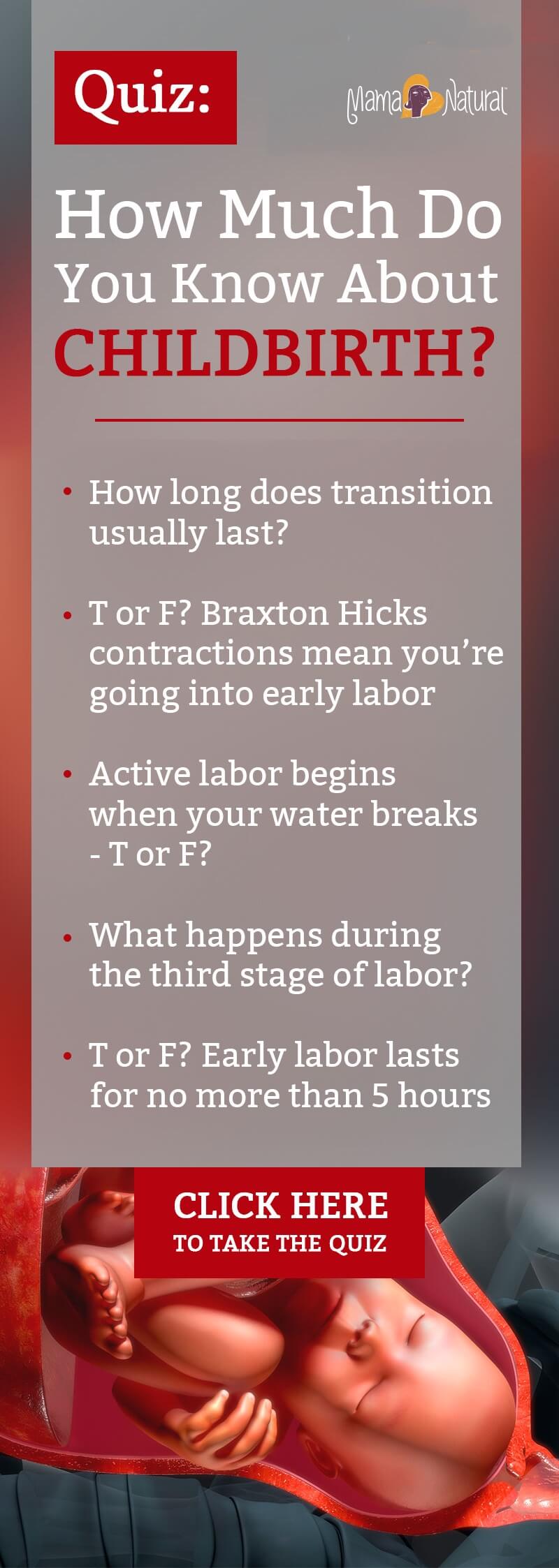Quiz: How Much Do You Know About Childbirth?

What is your birth IQ? Take our fertility quiz and find out right away! Are you a Birth Novice or the Birth Master? Answer these questions to find out!
What is your birth IQ? Take our fertility quiz and find out right away! Are you a Birth Novice or the Birth Master? Answer these questions to find out today.
If you are a birth professional like a doulaor just a curious mama we pass by natural pregnancy week by weekThis quiz is for you just for fun!
How Much Do You Know About Childbirth?
How much do you really know about childbirth?
Want to Learn More About Childbirth?
Here’s a cheat sheet that includes a more comprehensive look at some of the facts on this fun birth test:
The transition usually takes…
Usually, this stage of labor takes about one to two hours.
The transition includes the final, most intense stretch of the first stage of labor. Your cervix is close to fully dilated at this time, and contractions are at their peak intensity with very short rest periods in between.
Learn more about labor stage.
Most women lose the mucus plug…
In early labor. Learn more about mucus plugand see how it looks.
Braxton is having contractions…
It does not mean that you will go into labor. These are “practice contractions” that strengthen the uterus in preparation for actual labor. They do not cause any changes in the cervix, so they will not cause early labor and are completely normal and safe. Here is more information on Braxton Hicks contractions.
Your water breaking…
It doesn’t mean you’ll go into active labor. Doctors and midwives now define active labor as beginning at six centimeters of dilation, which means that this stage is short compared to early labor.
In the third stage of labor, you will…
Deliver the placenta! Anywhere from five to thirty minutes after your baby is born, you’ll start to feel contractions again, signaling that your body is ready to deliver the placenta.
A typical first-time mother giving birth is…
Labors can be as long as several days and as short as a few hours. The middle range is somewhere from 12 to 24 hours for first births and eight to ten hours for subsequent births. (origin)
When you are fully engaged…
The baby’s head is low and pressed against your cervix. Learn more about when—and how—baby drops in preparation for labor.
Dilation is measured in…
centimeters! Dilation is estimated in centimeters—ten centimeters marks full dilation and the end of the first stage of labor.
The pushing phase of labor usually lasts for…
Anywhere from 15 minutes to three hours (yikes!). The second stage of labor is significantly shorter than the first, but like the first stage, it can vary in duration from mother to mother and labor to labor.
Crowning is when…
Your baby’s head is starting to come out. Some moms call the sensation they feel during this stage a “ring of fire.”
The hormones that cause contractions are called…
Oxytocin. It is a hormone released by the pituitary gland that causes contractions during childbirth. It’s called the “love hormone,” because it’s released when people hug and bond. Oxytocin also stimulates the production of breast milk.
Delivery of the placenta usually takes…
Five to 20 minutes. As you deliver the placenta, you will only need to give a few gentle pushes.
First in the world natural pregnancy week by week.
#1 bestseller.
Over 125,000 copies sold!
– Book Promotion [In-article]
What’s Your Score?
Are you a beginner or a pro? Share your score in the comments below.






